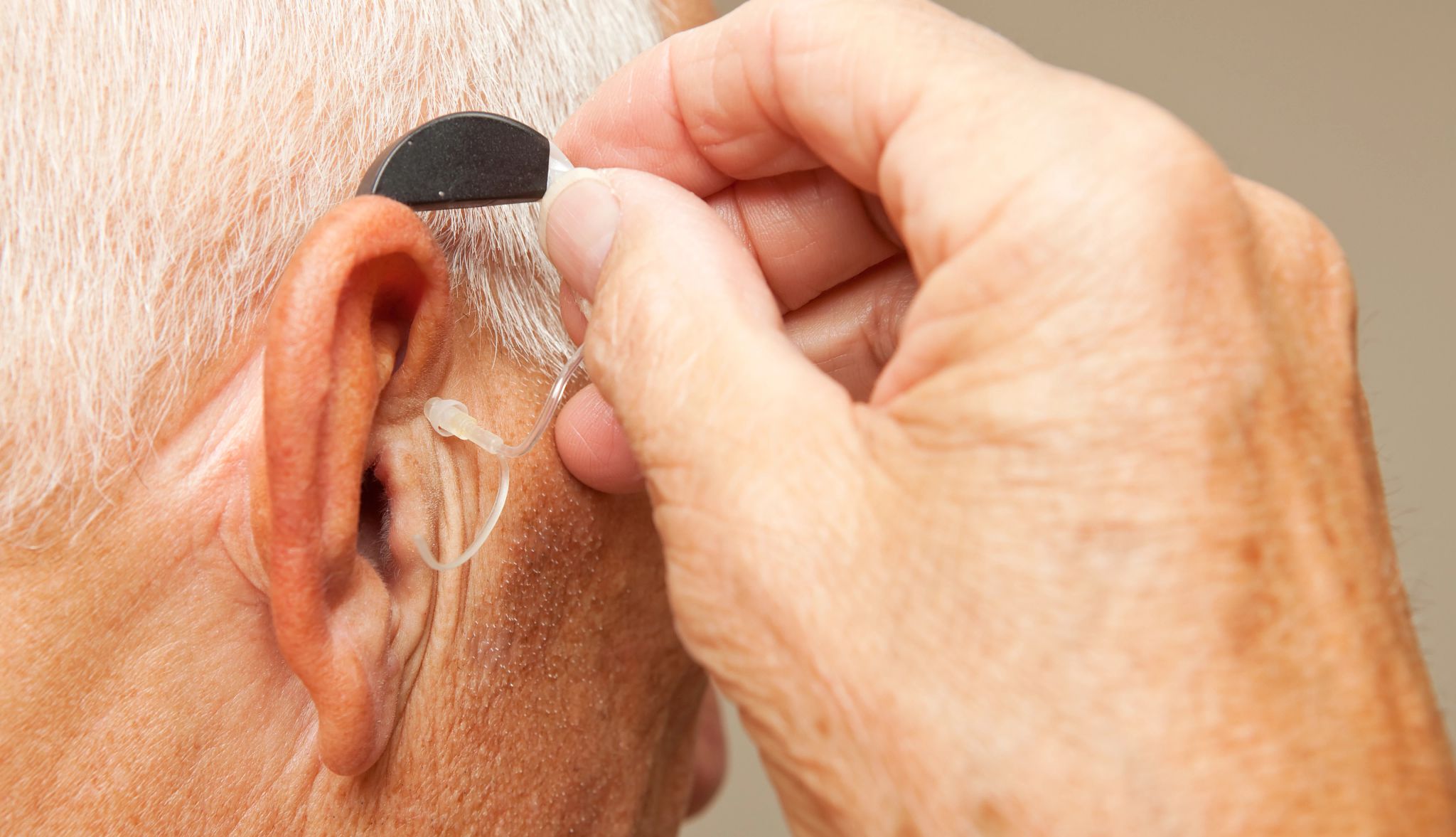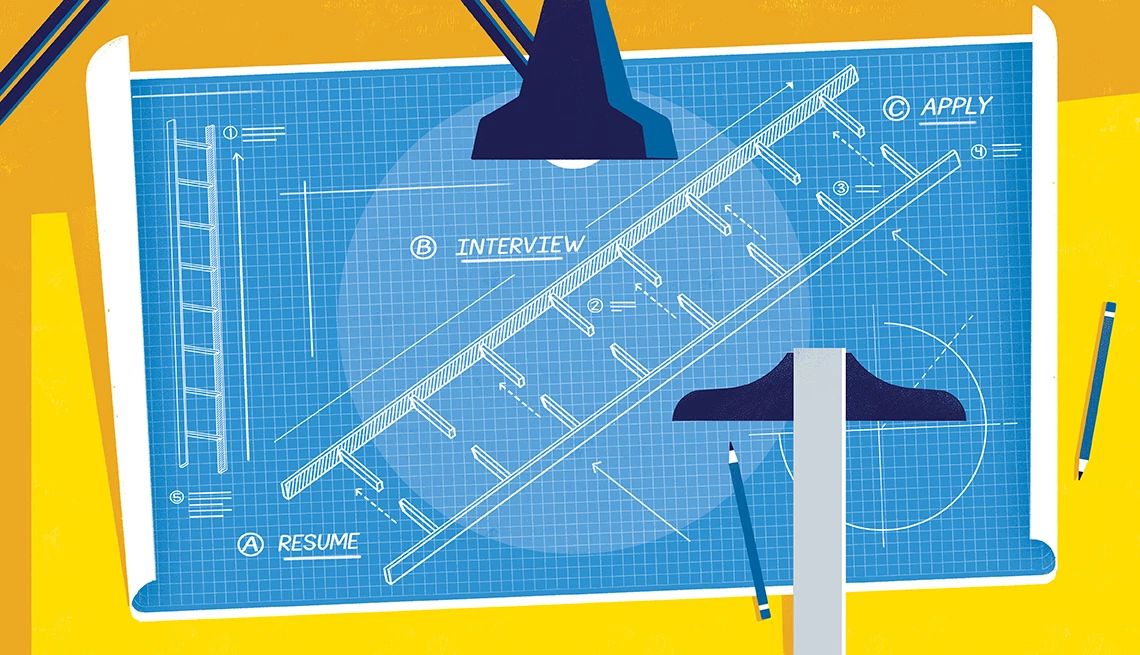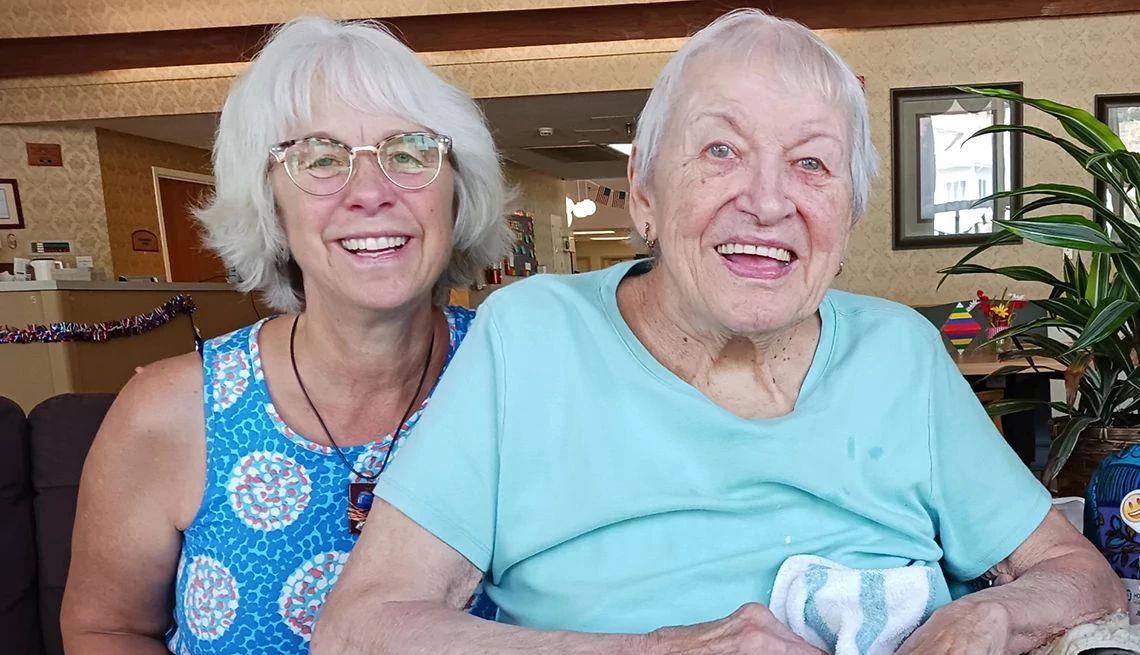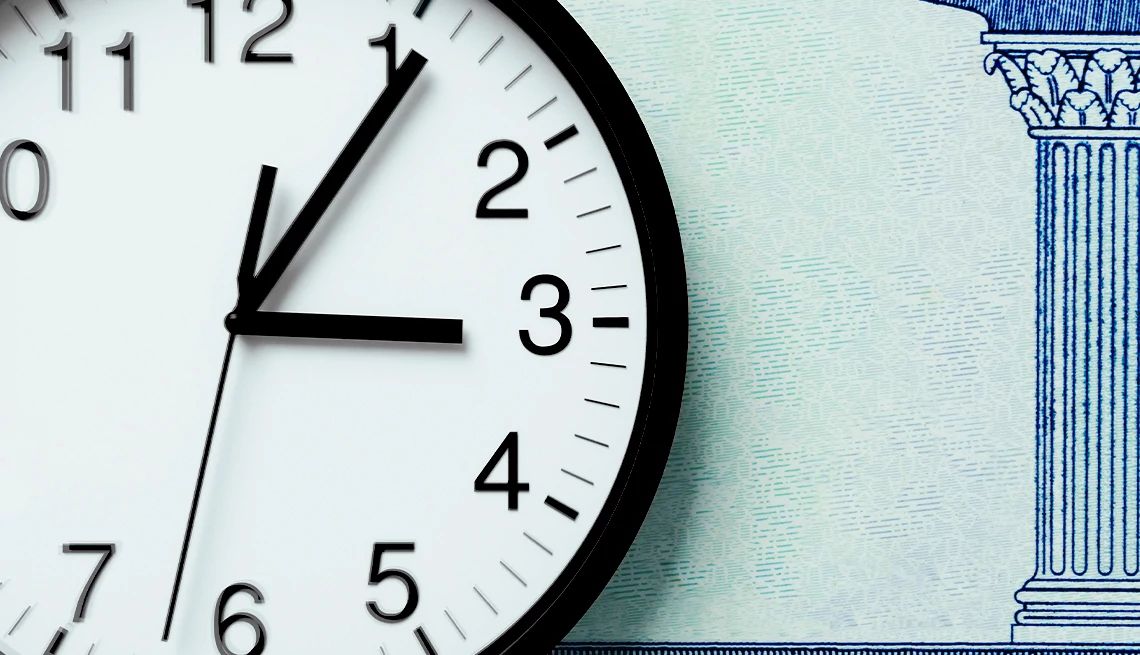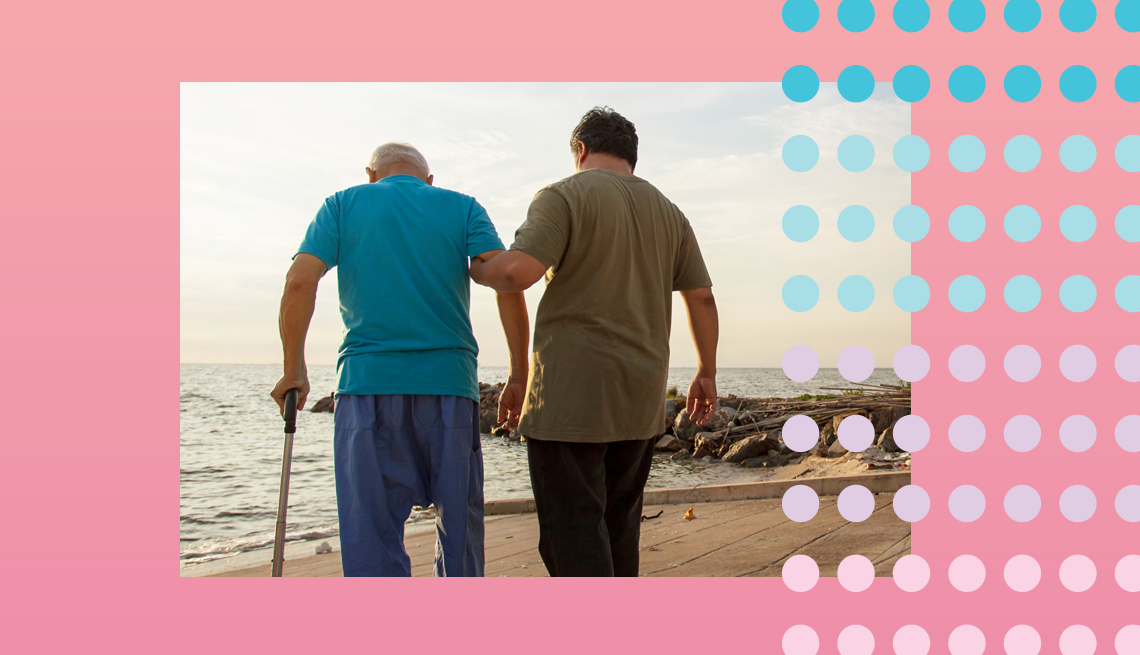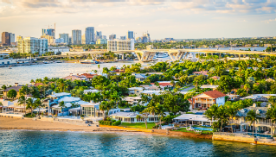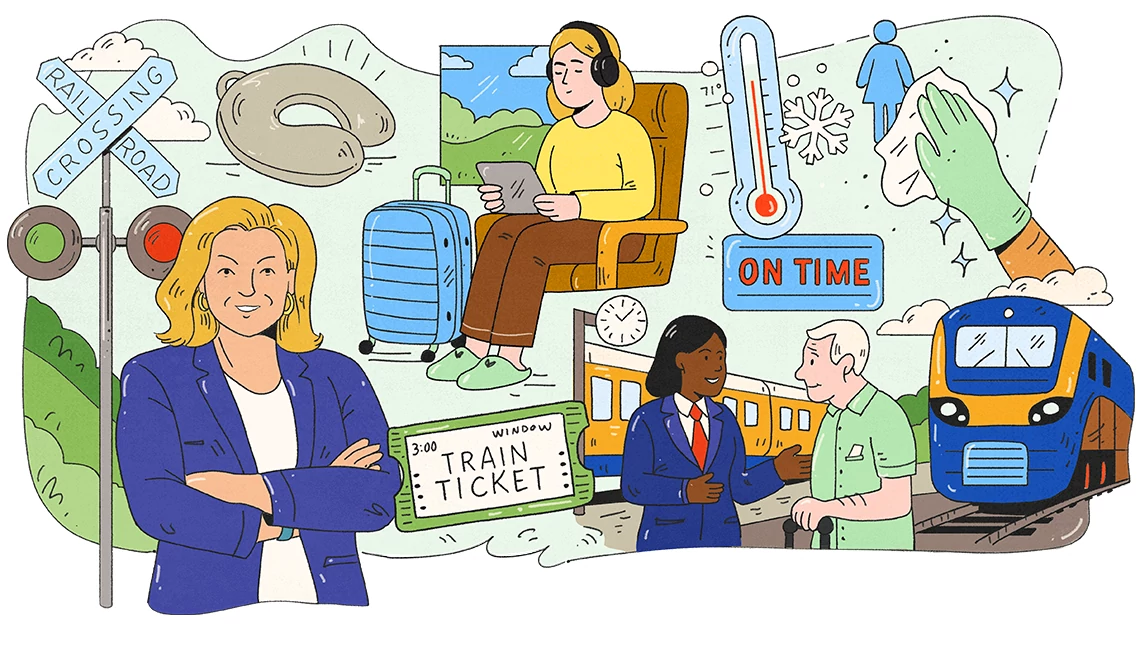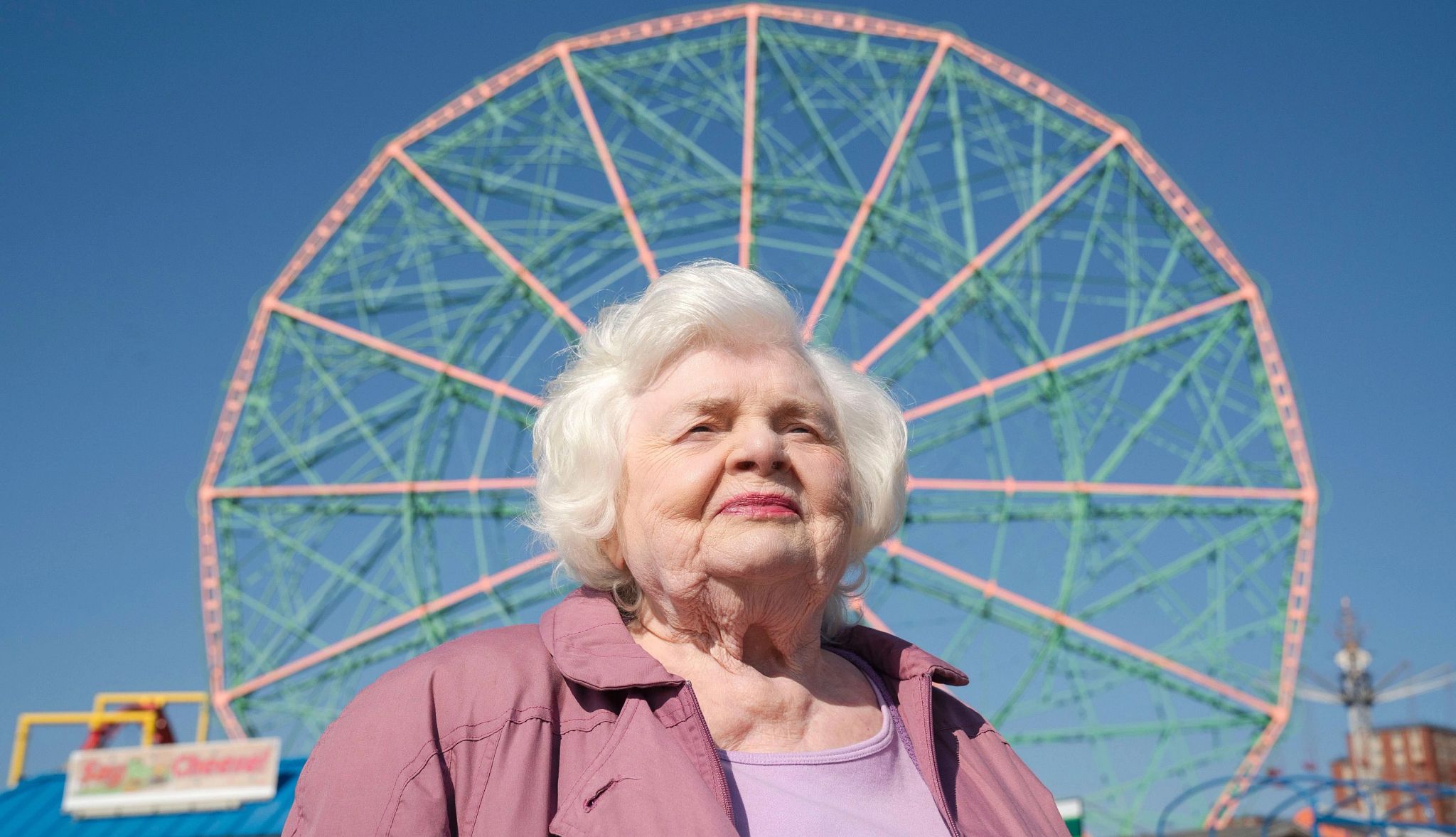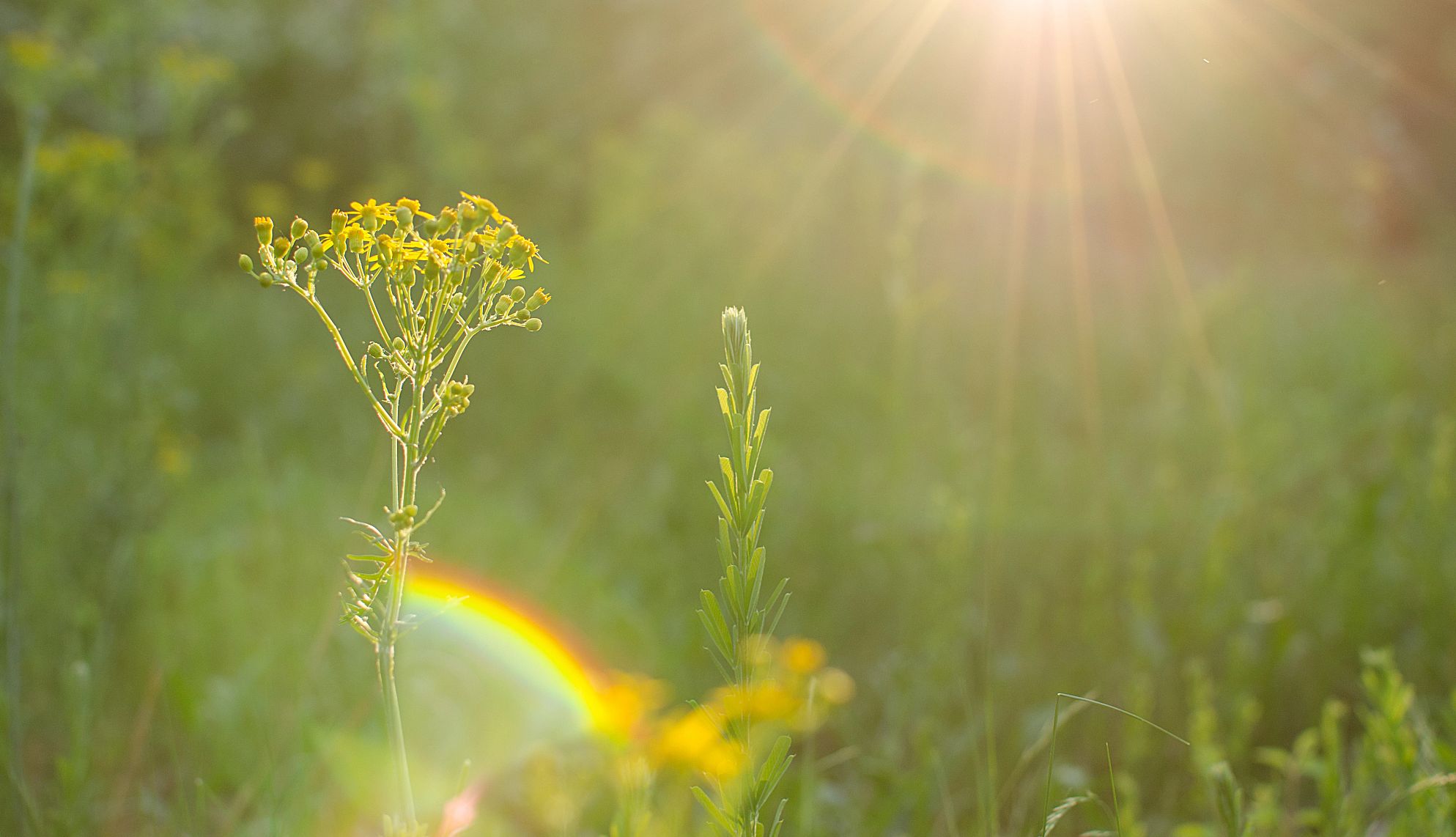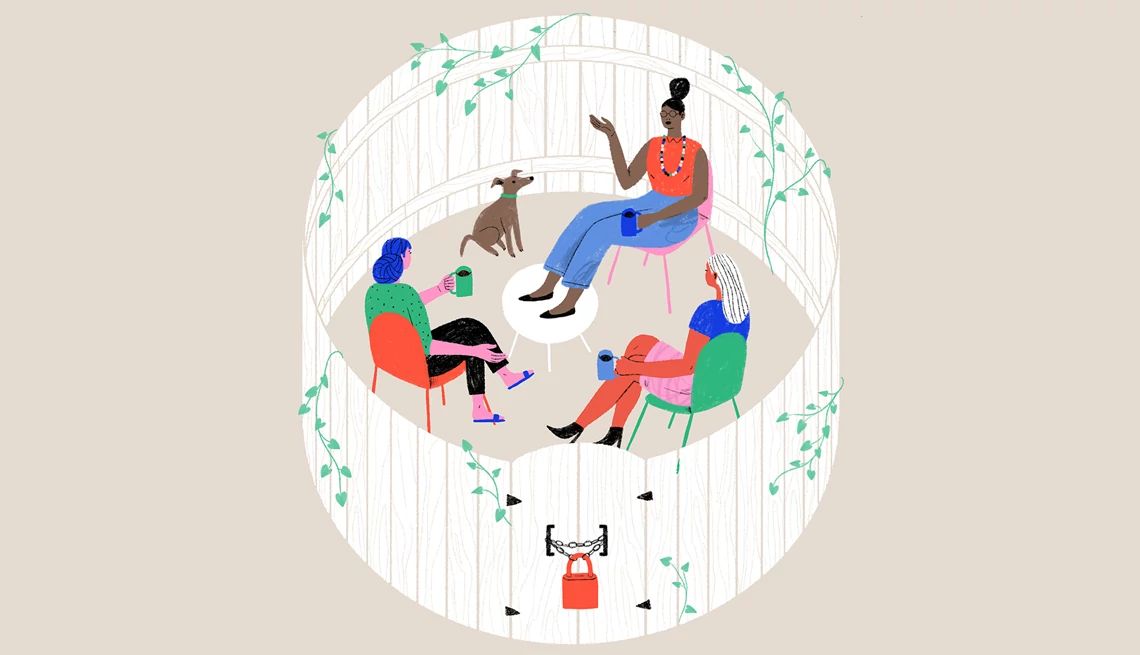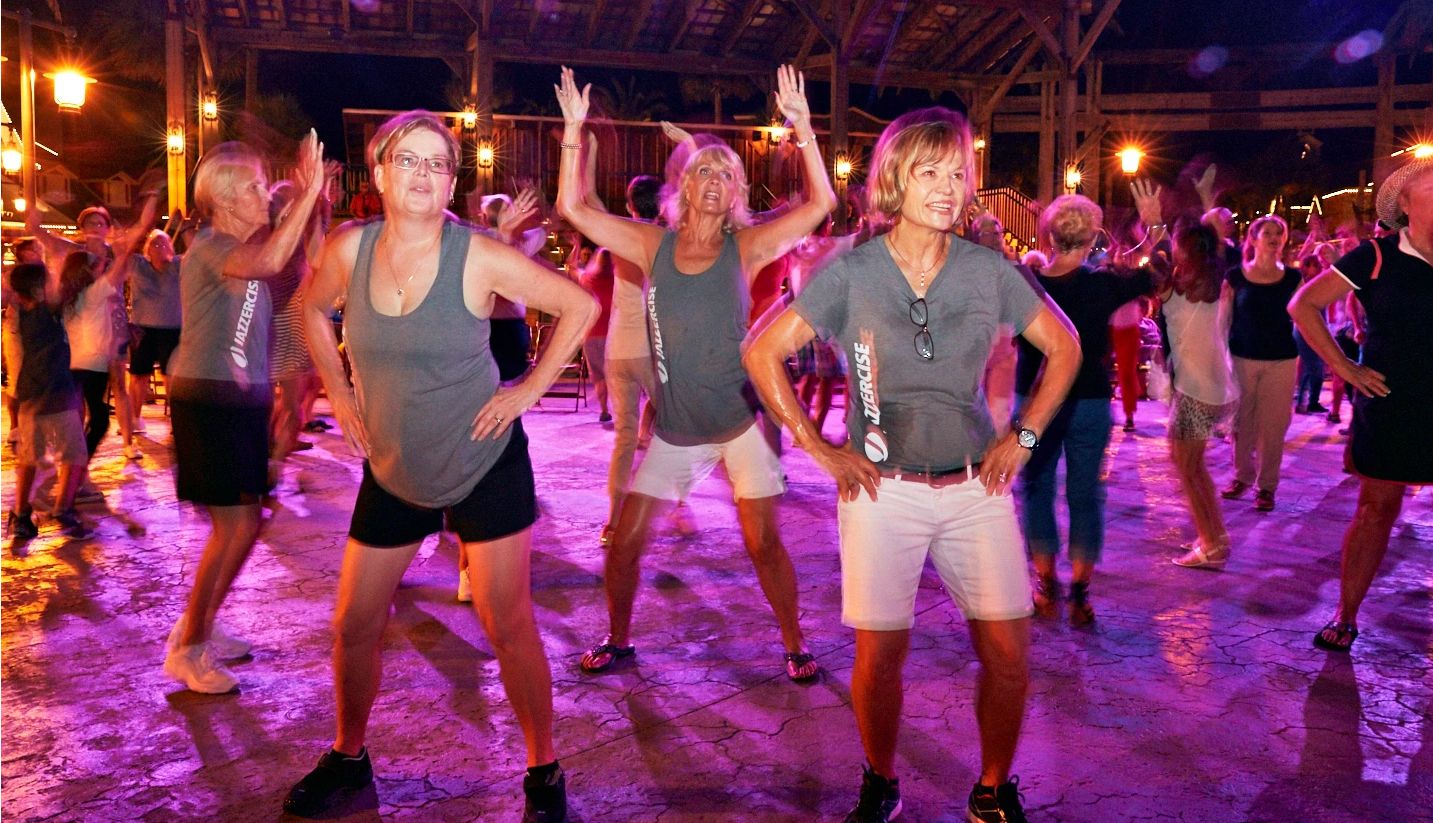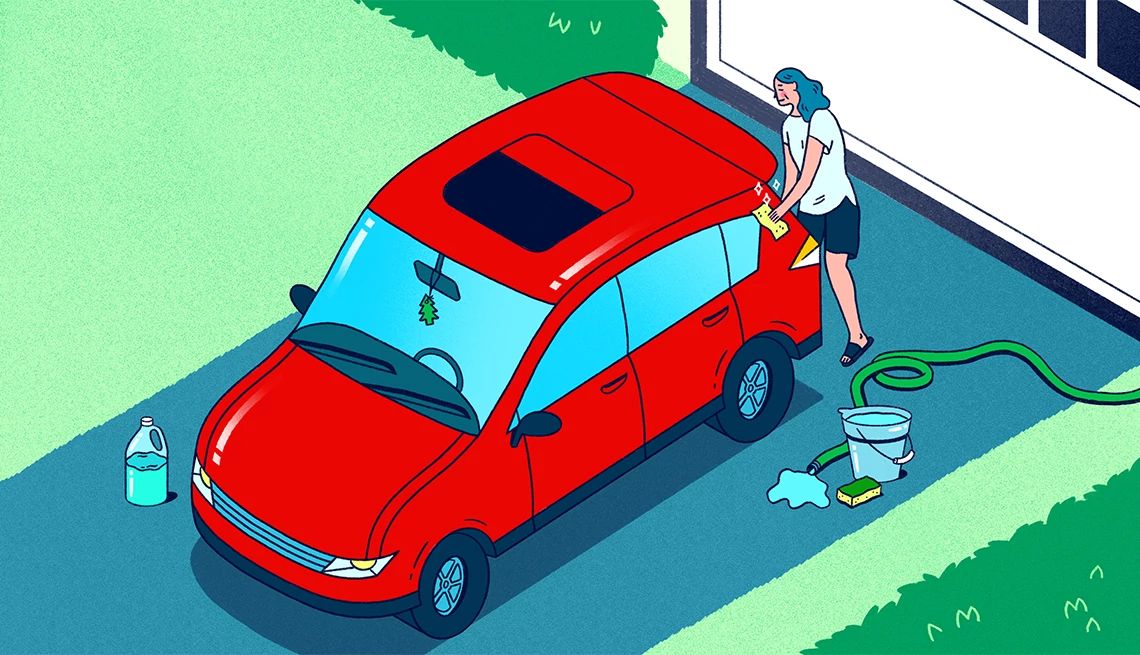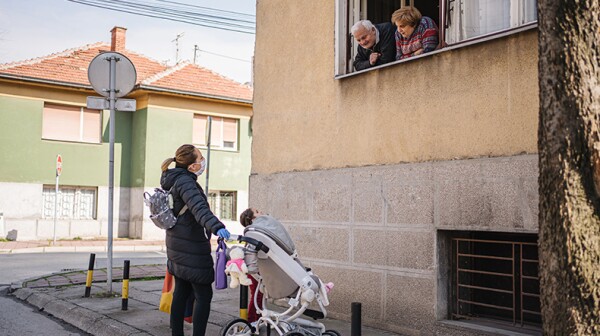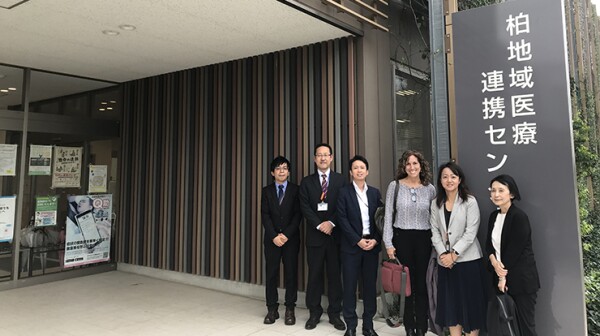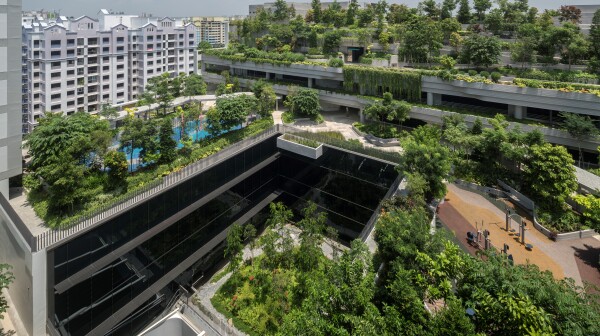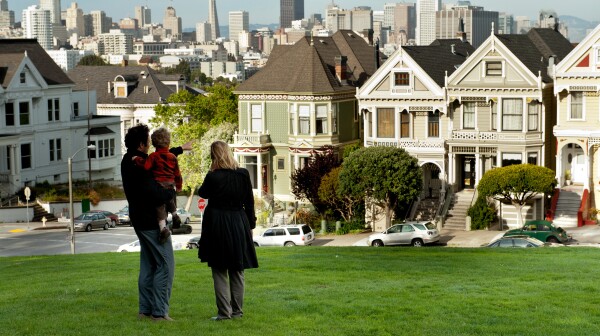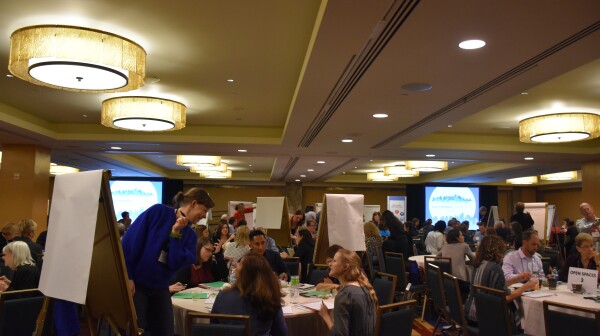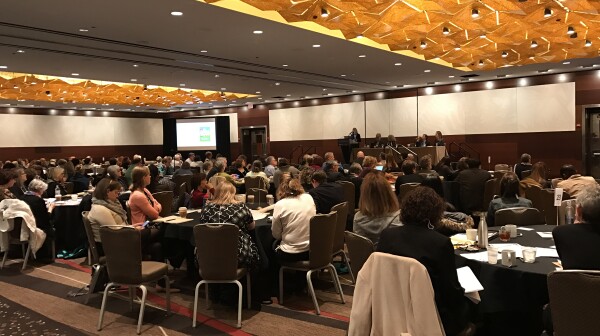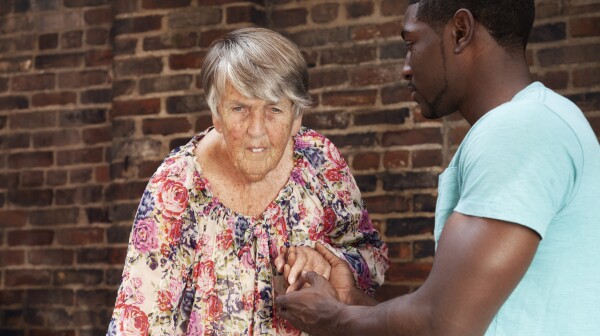AARP Hearing Center
CLOSE ×
Search
Popular Searches
- right_container
- Health
- Money
- Work & Jobs
- Advocacy
- Social Security
- Medicare
- Caregiving
- Games
- Travel
- More...
- Entertainment & Style
- Family & Relationships
- Personal Tech
- Home & Living
- Auto
- Staying Sharp
- Podcasts
- Videos
Within a decade, the U.S. population will consist of more adults over 65 than children under 18. To prepare for rapid population aging, Age-friendly Community (AFC) programs across the country are helping towns, cities, counties, and states transform their communities into great places to grow up…
It's time for a national vision for housing, with policies that make housing more affordable and account for both historic disparities and changing population needs.
Professionals in housing and the built environment must step up post-COVID-19, to redesign and create housing and communities that enable residents and achieve equity.
Across the globe, many communities—both local and virtual—are innovating out of necessity to support older adults and immunocompromised people as they cope with the COVID-19 pandemic.
Japan is currently the fastest-aging society on earth. Here's how one community responded to housing needs when 40 percent of its residents are 65 years of age or older.
Multigenerational living is on the rise in the U.S. and this trend offers many benefits, such as cost savings on living expenses and reducing isolation
Rightsizing is a holistic term used to describe changing one’s home to suit a particular individual or family at a particular point in time, and it can include downsizing, multigenerational living, and adding an accessory dwelling unit (ADU)
One of the most exciting developments in the livable communities movement is the increasing collaboration between aging professionals and planners—professionals who shape the form and function of future communities. Some incredible progress was made on this front at the 2018 Livable Communities for…
The thousands of community planners who will come together this May at the American Planning Association’s (APA) National Planning Conference are increasingly aware of a demographic trend: Nearly 20 percent of the U.S. population will be over age 65 by 2030.
In 2016, an estimated 5.4 million Americans had Alzheimer’s disease, the most common form of dementia. And while people of all ages can have dementia, 8.8 percent of adults age 65 and over have the disease.




